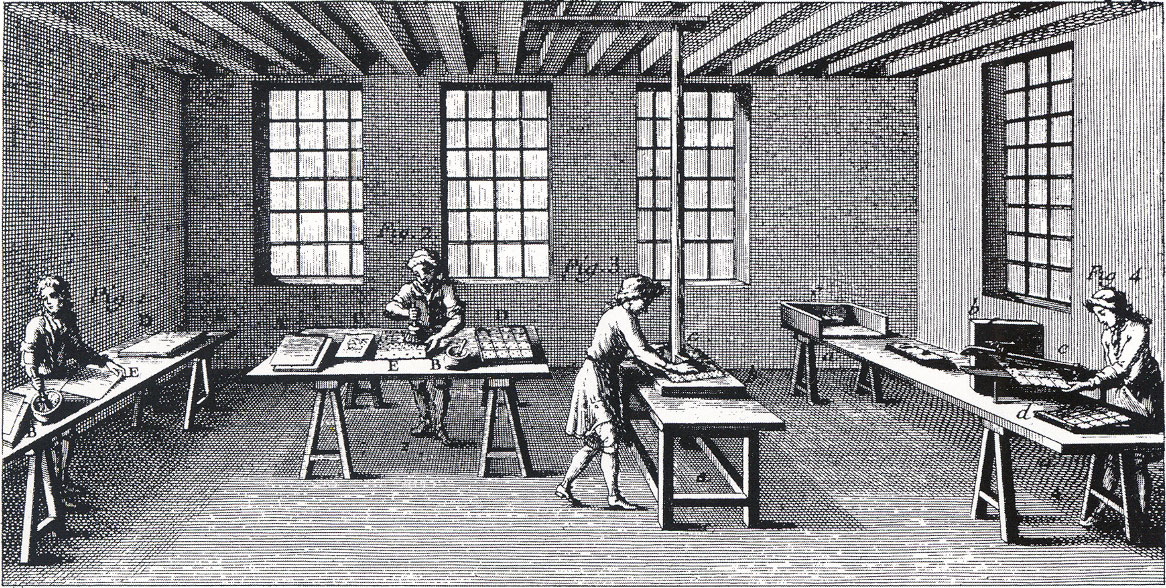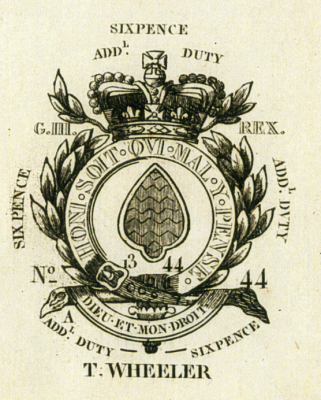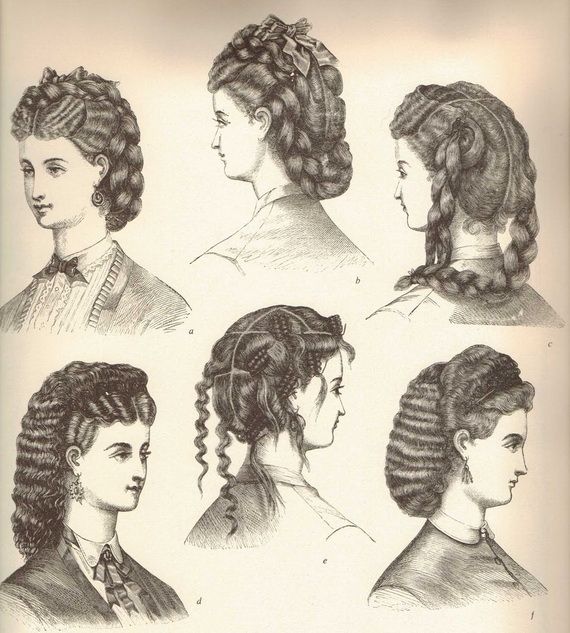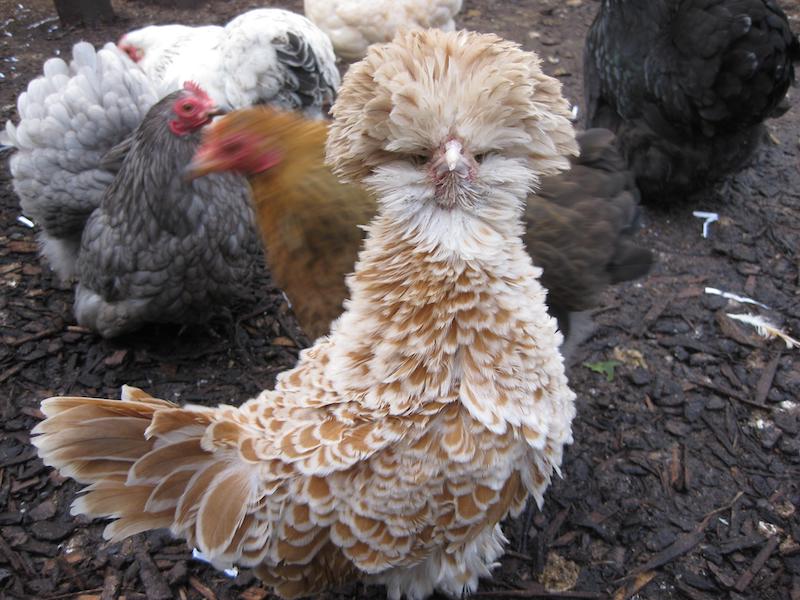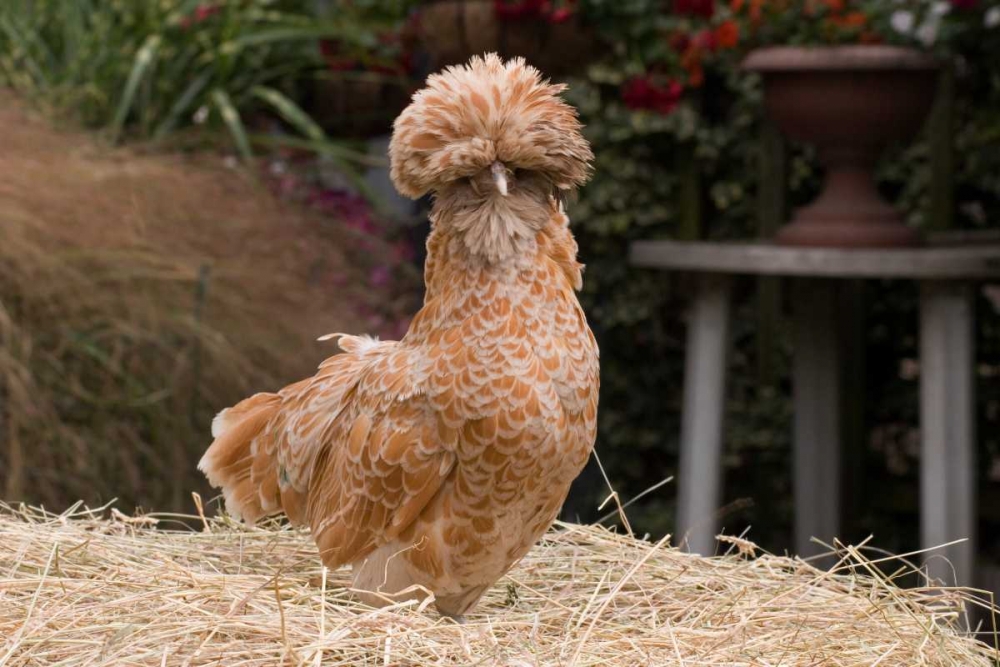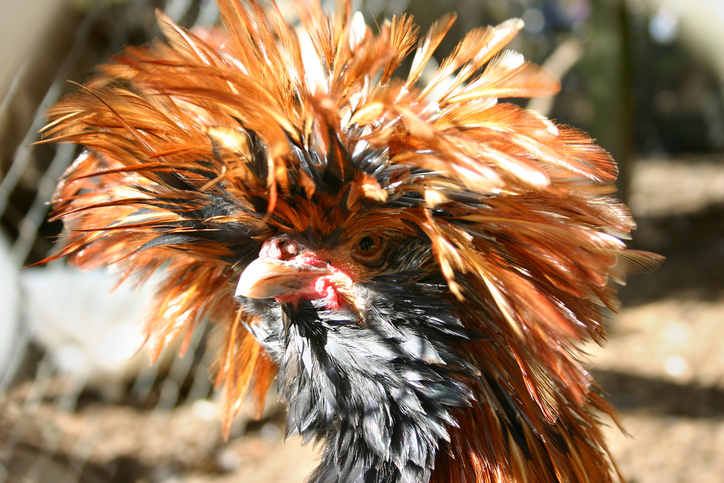Okay, so where does this name come from? And why, for that matter, is the ace of spades often the most decorated card in a deck?
The answer involves king James II, the English tax system—and ridiculously fluffy chickens.
THREAD https://abs.twimg.com/emoji/v2/... draggable="false" alt="⬇️" title="Pfeil nach unten" aria-label="Emoji: Pfeil nach unten"> https://twitter.com/HaggardHawks/status/1280122963996573698">https://twitter.com/HaggardHa...
https://abs.twimg.com/emoji/v2/... draggable="false" alt="⬇️" title="Pfeil nach unten" aria-label="Emoji: Pfeil nach unten"> https://twitter.com/HaggardHawks/status/1280122963996573698">https://twitter.com/HaggardHa...
The answer involves king James II, the English tax system—and ridiculously fluffy chickens.
THREAD
The tradition of decorating the ace of spades started in the 1600s, when a tax on playing cards was introduced by James II. By law, printers in England were now obliged to stamp their name or insignia on every pack of cards they produced.
Originally, these stamps tended to be nothing more than the printer’s logo or monogram. That meant that their design differed from printer to printer, but they always tended to be stamped in the same place—on the very first card in the deck, the ace of spades.
All that changed in 1765, when the English tax office stepped in and introduced its own standardized design for the ace of spades. Only printers who had paid the correct duty could include it in their decks, so the so-called ‘duty ace’ acted as proof they were operating lawfully.
That remained the standard practice for the next 97 years. But technology improved so much in that time that by the 1800s the ace’s design had become incredibly complex; it eventually even included elements of the UK coat of arms. It was, in the language of the time, FRIZZLED.
No one is entirely sure where the word FRIZZLE comes from, but it’s likely related to other words like ‘frizz’ and ‘frizziness’: according to the @OED, when it first emerged in the language in the mid 1500s, FRIZZLE was a verb meaning “to curl the hair in small crisp curls.”
By extension, describing something as FRIZZLED came to imply that it was highly decorative, or covered in impressive frills and adornment. The word still survives like this in the name of a type of chicken called the POLISH FRIZZLE-FEATHER. It looks like this.

 Read on Twitter
Read on Twitter
